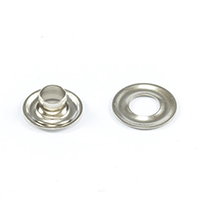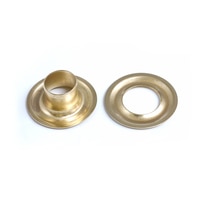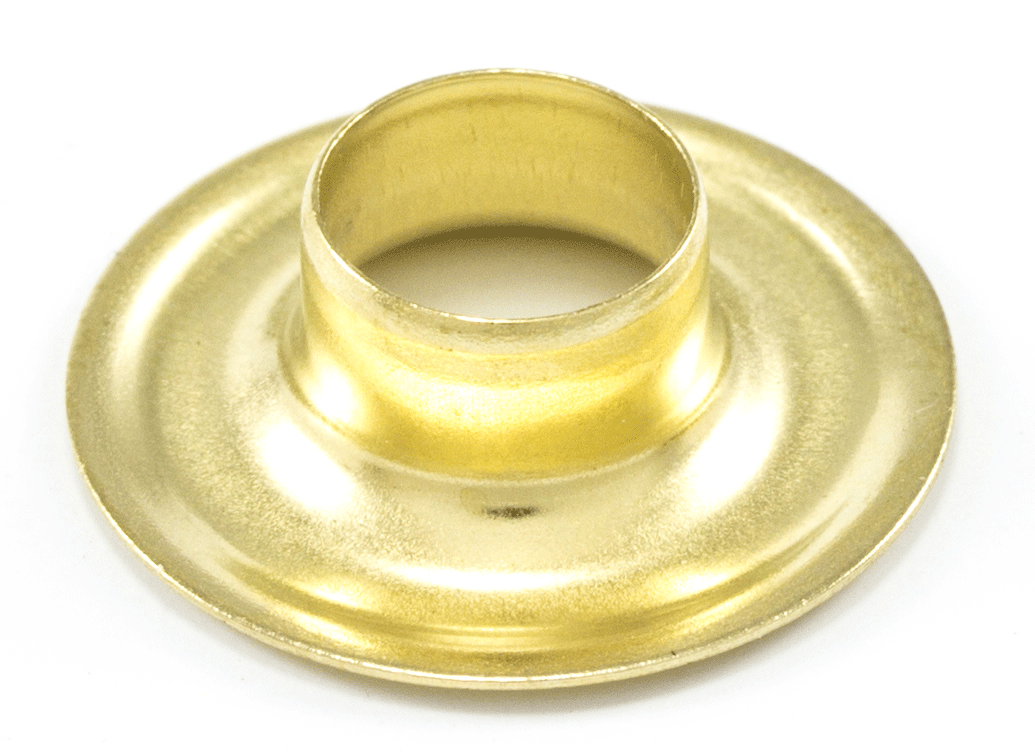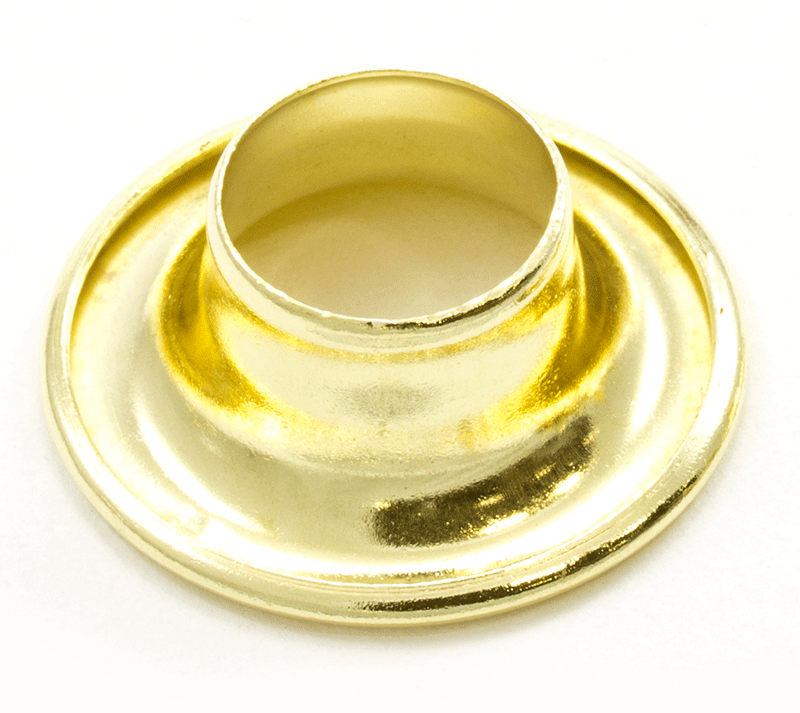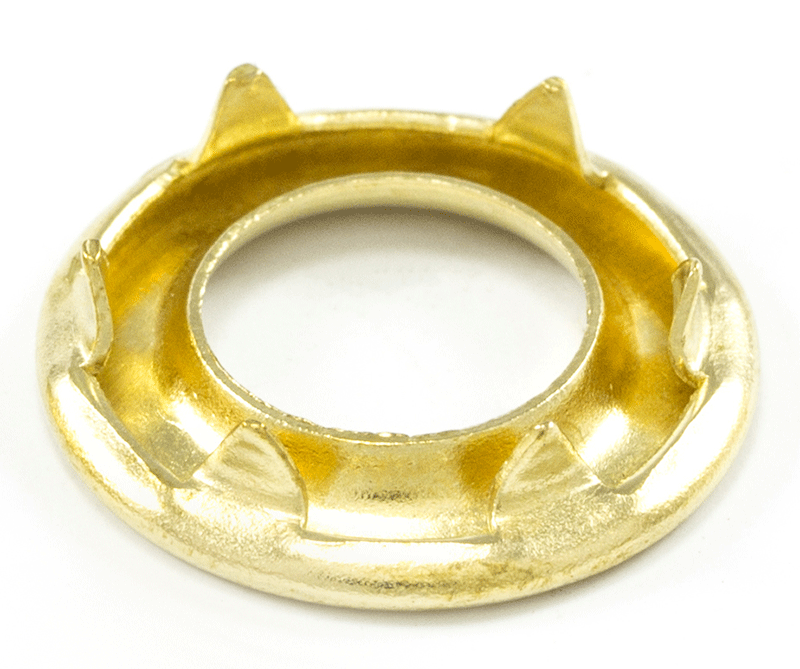| Grommet Type | Grommet Item #'s | Die Item # (For Hand Tools) |
|---|---|---|
| #00 Grommet with Plain Washer | ||
| #0 Grommet with Plain Washer | ||
| #1 Grommet with Plain Washer | ||
| #2 Grommet with Plain Washer | ||
| #3 Grommet with Plain Washer | ||
| #4 Grommet with Plain Washer | ||
| #5 Grommet with Plain Washer |
Common Grommet Questions
See below for answers to some common questions about grommets.




